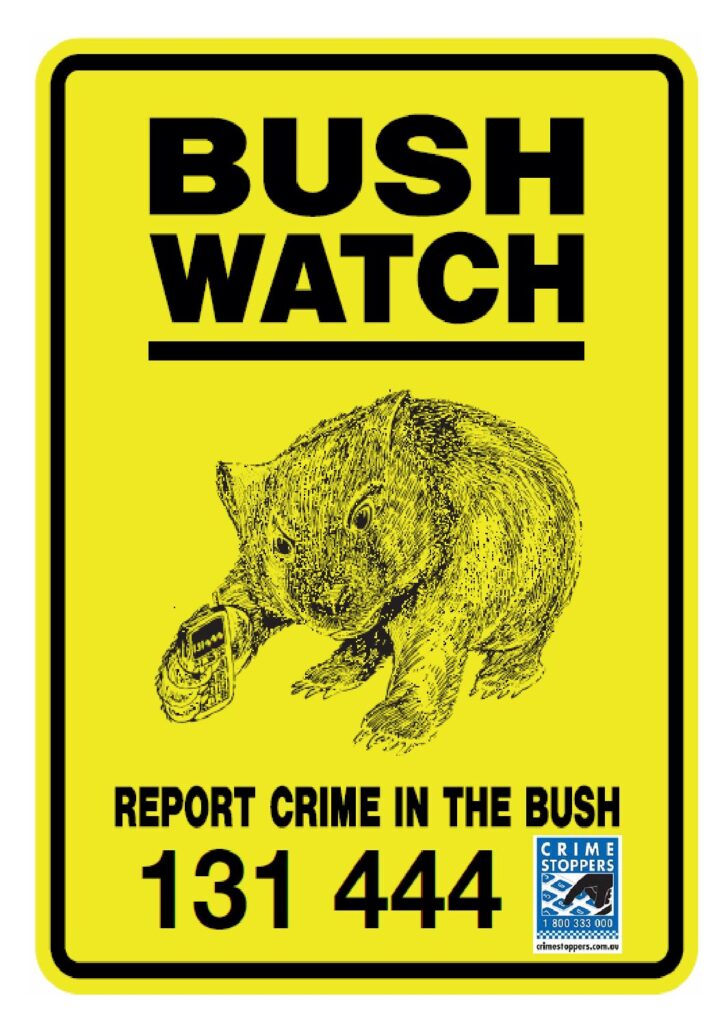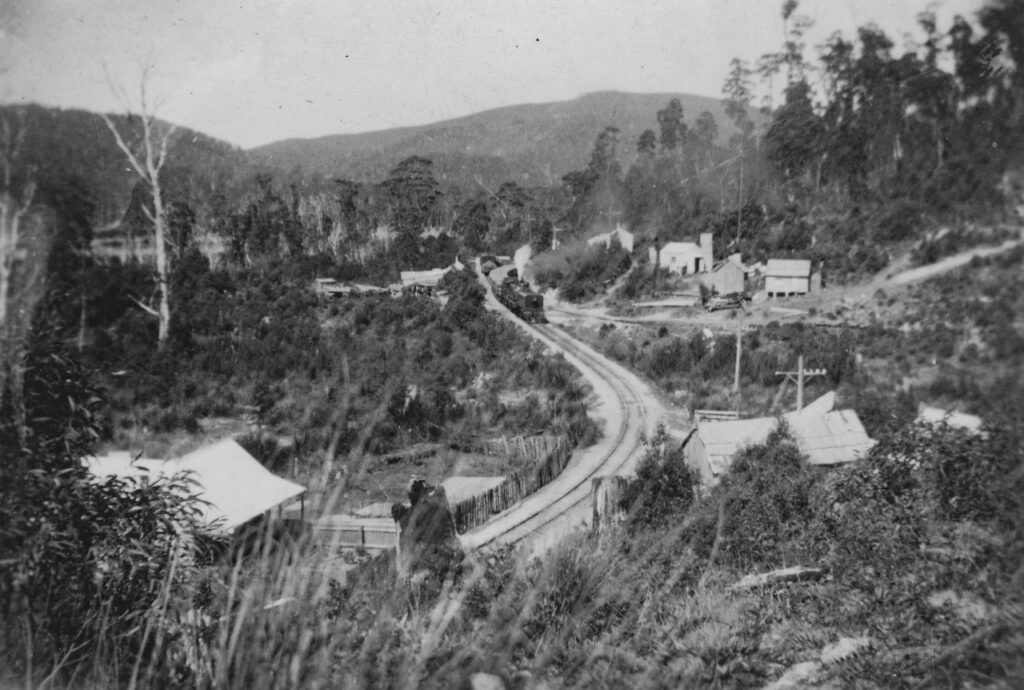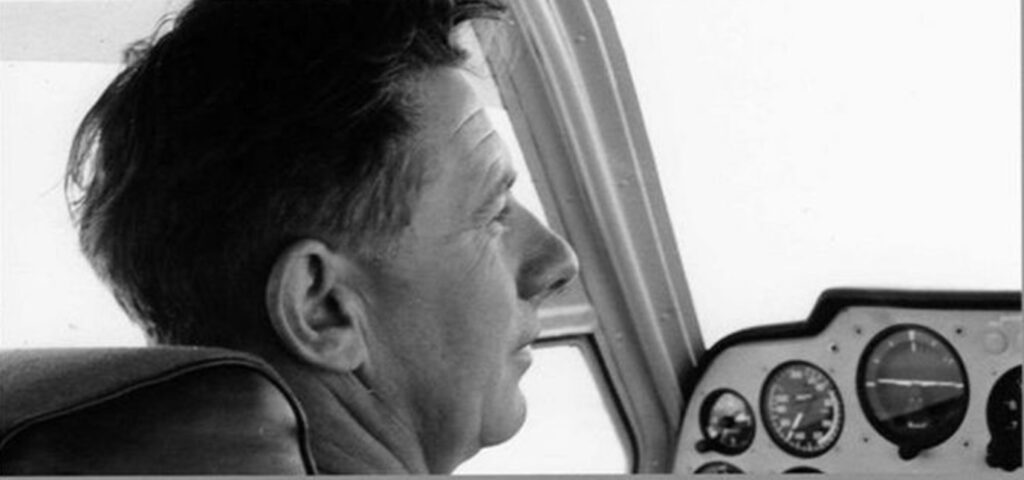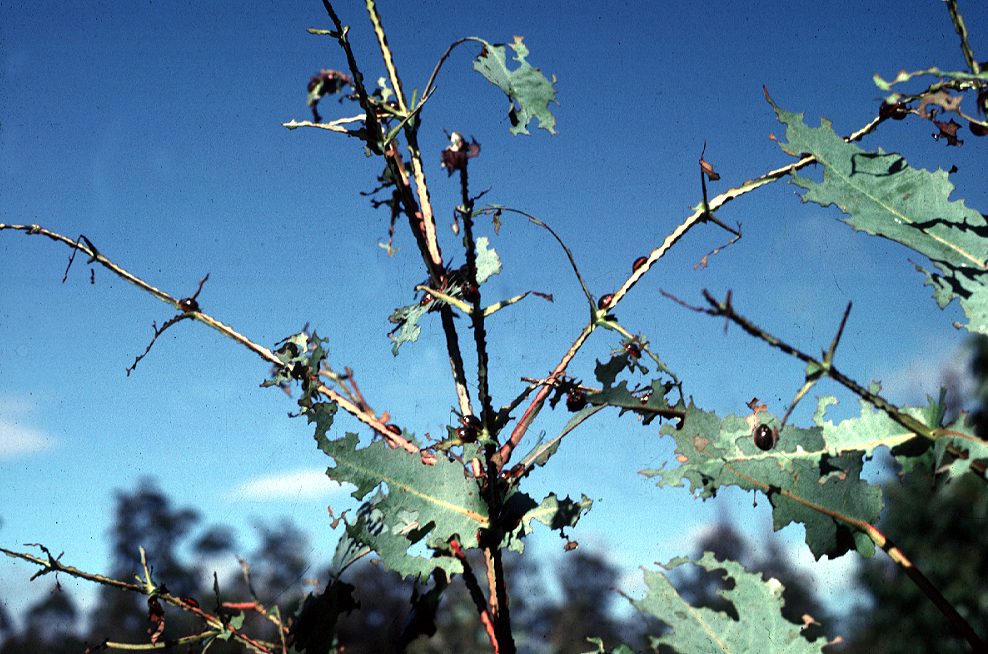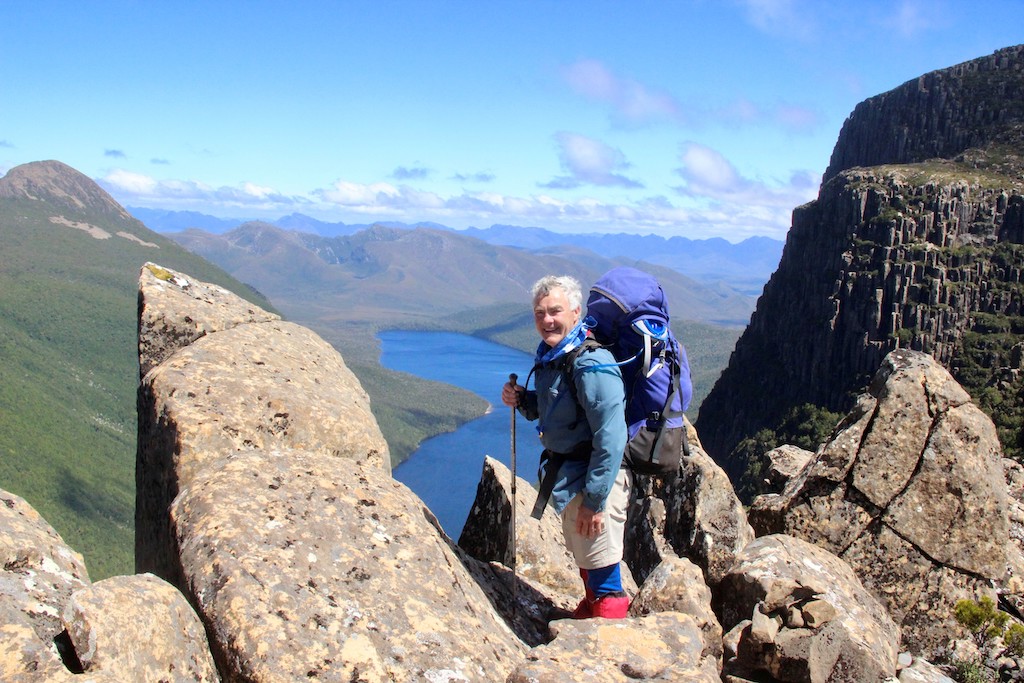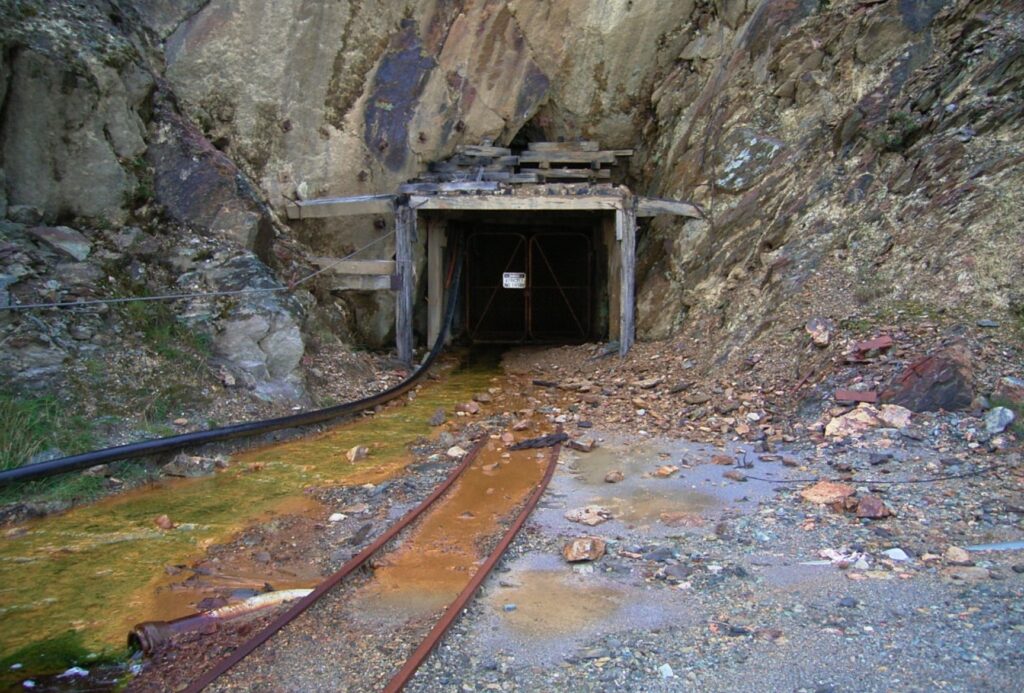Burnie Paper Mill
Living on the buttongrass plain – a history of Bulgobac
I grew up in a sawmill town on the edge of the buttongrass plain Beside a railway track in the town of Bulgobac Where the locos stop for water from the water tank It also fed the sawmill and the town of Bulgobac Gravel roads were twenty miles away and people very few With mountains all around us with panoramic views At night we sat at the table to a meal of wallaby stew And mother read the bible at night by the kerosene light its true Drivers wait from the loco as it headed south to Boco On the way north they passed our shack in the town of Bulgobac I was part of a big family with no power to our home The times are gone but memories live on living on the buttongrass plain Mother cooked from a wood fired oven Anzac biscuits she baked by the dozen Life was tough but we never complained living on the buttongrass plain I still recall the good old days and how we lived back then In the sawmill town called Bulgobac growing up on a buttongrass plain I’ll never forget with no regrets of life way back then The times are gone but memories live on living on the buttongrass plain The times are gone but memories live on growing up on a buttongrass plain Mott Ryan “Buttongrass plains” from his CD “The Boy from the Buttongrass Plains”
Introduction
Bulgobac is a small siding on the Emu Bay Railway at the 55 Mile.… Read more
Last Light Lindridge
While finalising a previous blog with Ian Ravenwood on the evolution of aerial operations on Surrey Hills, I was reminded of the tragic plane crash on Daisy Nolan Hill, near Hampshire, in 1983, which killed the sole occupier, pilot John Lindridge.
I researched what I could about John and quickly discovered he had a remarkable flying career, first as a pilot with a flying medical service in outback South Australia in the 1960s, then part of critical freight and transport in the Bass Strait to more flying in Tasmania.… Read more
Insect pests and fungal pathogens of eucalypt plantations
As mentioned in my blog on Dick de Boer, the main reason for my employment by Associated Forest Holdings (AFH) in 1975 was forest insect pests.
By the 1970s, the company was starting to become concerned about the ability of its forest estate, and particularly the freehold property of Surrey Hills, to provide an on-going supply of short fibre for fine paper production by the Burnie pulp and paper mill.… Read more
My AFH Experience
This month’s guest blog is by Leigh Titmus, who worked at Surrey Hills between 1978 and 1986.
Leigh grew up as a kid in Devonport through the 1950s and 60s. His father built one of the earliest shacks at Sisters Beach, so almost every weekend, the family would head off there, and they would drive past the Burnie Pulp and Paper mill very often.… Read more
A lost opportunity or a wise decision – the plans for a smelter on Surrey (or Hampshire) Hills
After European settlement, Surrey and Hampshire Hills were utilised for grazing and farming under the ownership of the Van Diemen’s Land Company (VDL Co.). The only significant industrial development on those estates was the construction of the Emu Bay Railway. After ownership changed hands to companies associated with Associated Pulp and Paper Mills (APPM), the focus turned to forestry and major infrastructure works, including the construction of roads and the harvesting of timber.… Read more
Resistance fighter, unconventional forester, family man and mentor – the life of Dick de Boer (1922-94)
This month’s guest blog is written by David de Little.
In my book “Fires, Farms and Forests” I outlined the pivotal role Dick de Boer played in the development of eucalypt plantations on Surrey Hills. David was fortunate to work with Dick from 1975 to 1983 and got to know him very well.… Read more
